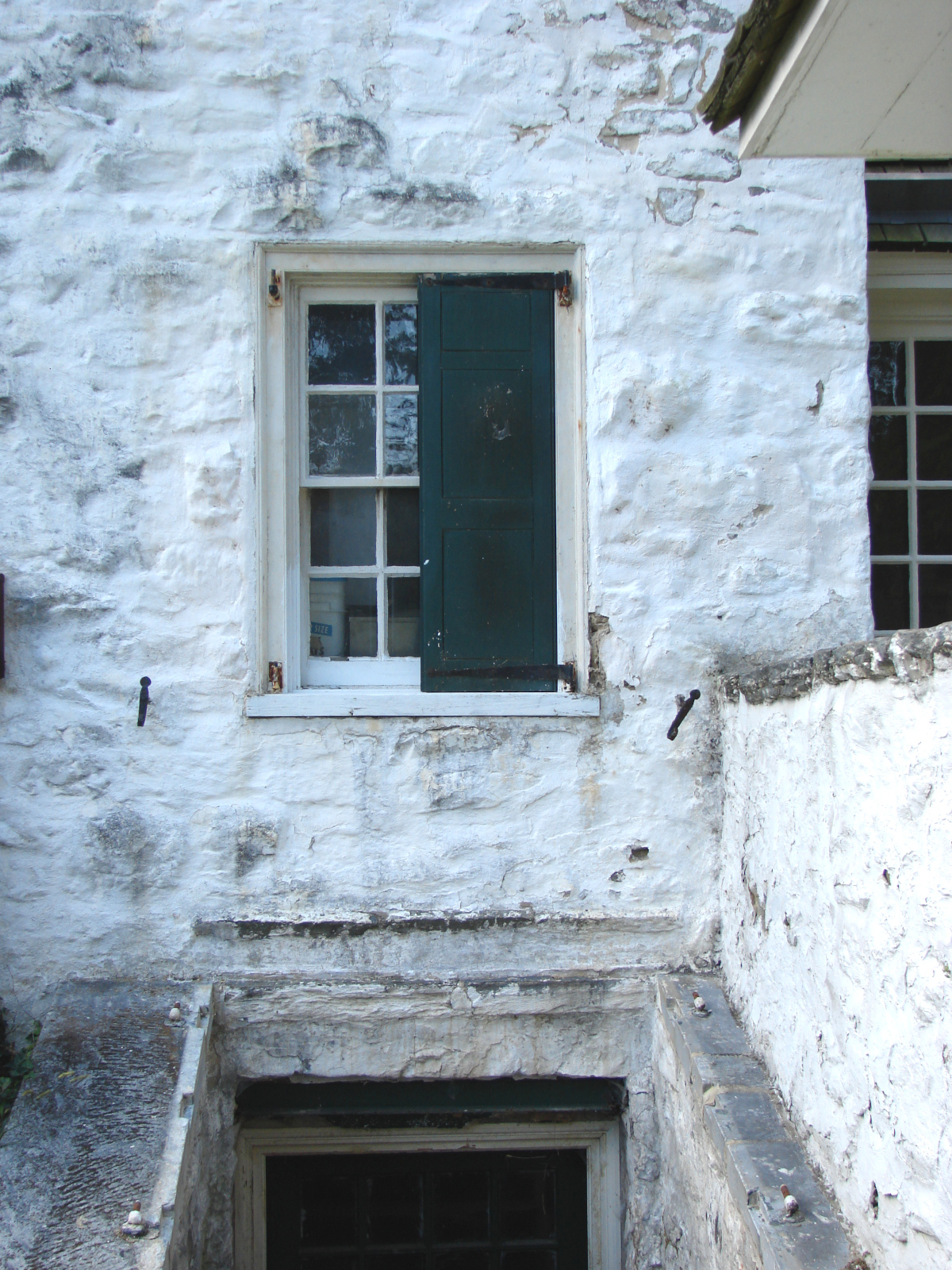What we have found over the years is that every door or window in a house typically measures differently even if they are suppose to be the same. While you can buy stock sized doors and shutters and build new jamb frames around them for the right fit, there is a substantial difference in a …
Tag
Showing: 7 - 7 of 7 RESULTS
